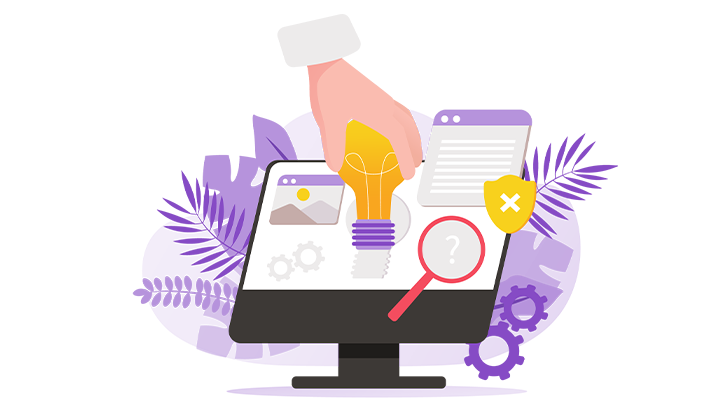Copyright law

Copyright is a constitutionally protected right specified in the Instrument of Government’s second chapter. The Copyright Act, short for the Act on Copyright in Literary and Artistic Works, (SFS 1960:729), gives artists, authors, composers, and other creators, the right to decide how their works may be used.
This right arises automatically when a work is created and applies during the copyright holder's lifetime plus 70 years after their death.
Moral rights and economic rights
Copyright grants two types of rights: moral rights and economic rights. In brief, moral rights mean the work’s creator must be named, and moral rights cannot be transferred. It is not permitted to modify or use the work in any way that is offensive to the creator. Economic rights mean that the creator (copyright holder) has the right to decide how the work is presented, made available and disseminated to the public. Economic rights can, unlike moral rights, be transferred by contract to another legal or natural person.
Copyright for employed teachers
Teachers own their research results (called lärarundantaget or the intellectual property rights of academic staff). This a unique opportunity for teachers to patent their results, resell the rights or start a company. Here, teachers refer to the professional groups defined as teaching staff in chapters 4 and 5 of the Higher Education Ordinance as well as those who, according to Örebro University’s regulations, are listed as teachers, i.e., professors, senior lecturers, lecturers, doctoral students, teaching assistants and clinical assistants. The provisions on intellectual property rights of academic staff in the Act on the Right to Employee’s Inventions, (SFS 1949:345), is an exception to the rule that an employer owns the exclusive rights to any work or invention created by an employee as part of their work. There are two notable exceptions concerning the intellectual property rights of academic staff. The first is a statutory exception concerning patent rights to inventions. The second is an exception that has emerged as common practice regarding copyright to works, teaching materials, research results, etc. Since the latter is based on common practice, it may differ slightly between universities.
The university's guidelines state that Örebro University may use teaching materials developed by an employee within the scope of their duties even after the person leaves.
Research projects with companies
Sometimes, companies collaborating with Örebro University require participating researchers to give consent (often called researcher consent) as well as transfer or use results and background information from the project in question. During the initial phase, before a project starts, the researcher needs to take a position in the matter. If a requirement, the researcher should assess the risks and decide whether they wish to be included in the project. If so, it will then restrict their intellectual property rights, although Örebro University will act to ensure the researcher is compensated.
Joint copyright
In cases where several individuals have joint copyright to results, consider how and in what way results can be used. Although an agreement is valid both orally and in writing, the latter is preferable as proof.
Copyright in connection with publication
It is imperative researchers read through the publication’s terms and conditions.
The Higher Education Institutions (HEI) Agreement (Bonus Copyright Access)
The Higher Education Institutions (HEI) Agreement (Bonus Copyright Access) gives teachers and students at universities and university colleges the right to legally copy and share copyrighted texts, images, and sheet music for teaching.
